Demographic Shōjo Volumes 17 Adaptations Kaze to ki no uta (1987) Magazine Shōjo Comic | Published by Shogakukan Original run January 1976 – 1984 Genre Yaoi Publisher Shogakukan | |
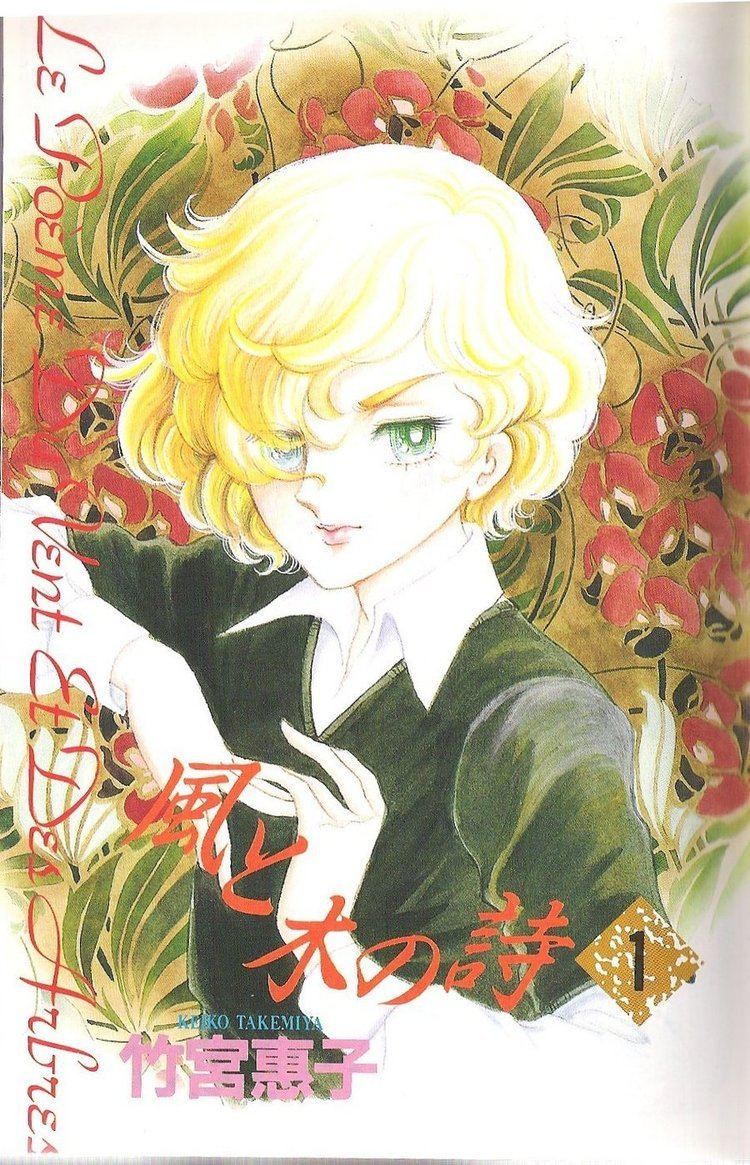 | ||
Similar Thomas no Shinzō, Poe no Ichizoku, No Money, Close the Last Door, A Cruel God Reigns | ||
Kaze to Ki no Uta (風と木の詩, lit. The Poem of the Wind and the Trees) is a shōjo manga with homosexual themes by Keiko Takemiya. It was first published by Shougakukan from 1976 to 1984 in the magazine Shōjo Comic. In 1979, it was awarded the prestigious Shogakukan Manga Award for shōnen/shōjo manga. The series is widely regarded as a shōnen-ai manga classic, being one of the first in the genre to combine romantic and sexual relationships. It took nine years for Takemiya's publishers to agree to publish it, as Takemiya refused to censor the sexual elements of the story.
Contents
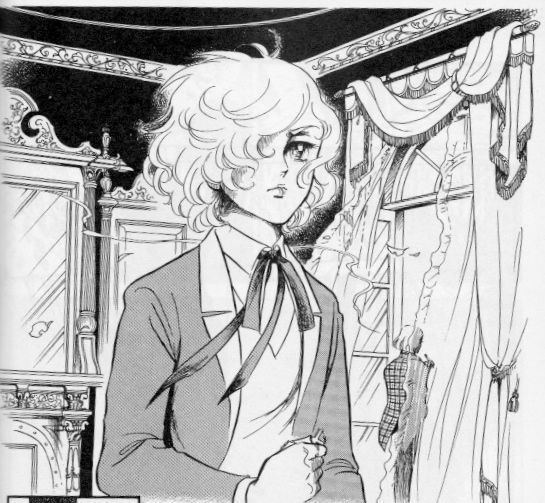
Last time when i saw you kaze to ki no uta
Summary
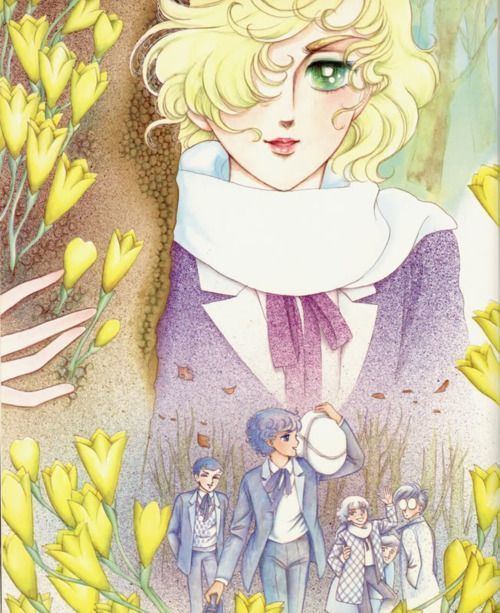
Dealing both with lighter subjects of adolescence and coming of age and with darker themes such as racism, homophobia, pedophilia, rape, and drug abuse, Kaze recounts the personal histories of and relationship between two students, Serge Battour and Gilbert Cocteau, at a boarding school in Provence in the late 19th century.
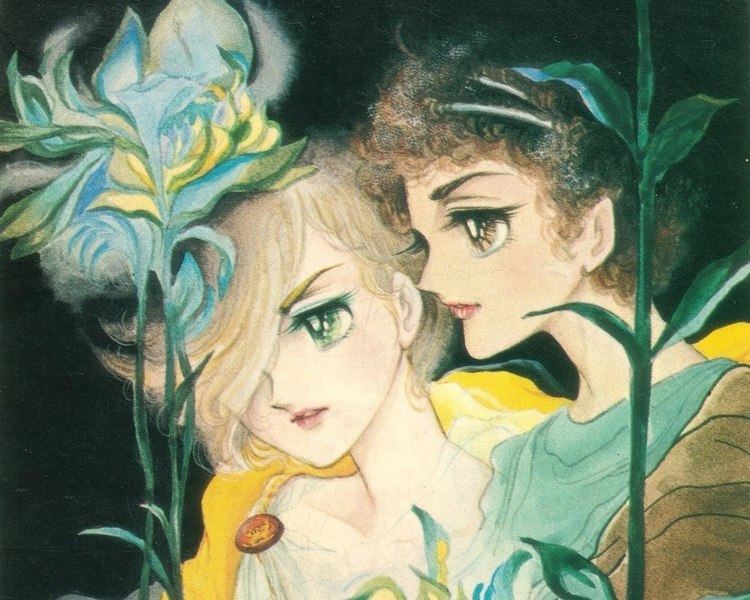
Serge is the son of a French viscount and a Roma woman, attending the Lacombrade Academy near Arles at the request of his late father. Upon arrival at the school, he finds himself roomed with Gilbert, who is reviled by the school's pupils and professors for skipping classes and engaging in relations with older male students. Serge's efforts to befriend his roommate - and Gilbert's efforts to drive off and seduce the young aristocrat, in response - soon form a complicated and disruptive connection between the two.
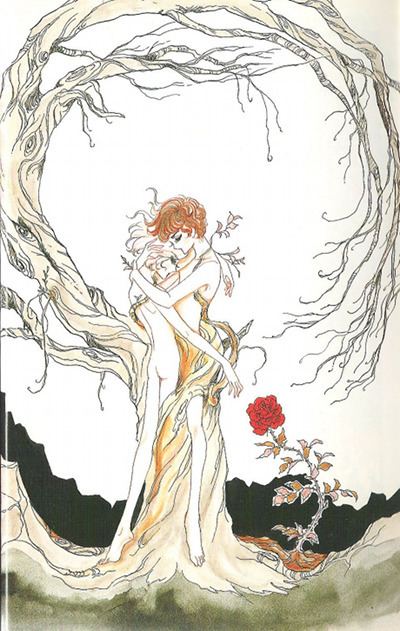
Despite his apparent cruelty and promiscuity, however, Gilbert proves to be a tortured young man with a history of abandonment, objectification, and abuse. The primary antagonist in the story - Gilbert's uncle, Auguste Beau - is a respected figure in French high society who manipulates and molests his young nephew. Auguste's influence is so great that Gilbert believes that the two are in love and remains enthralled by Auguste, even after learning a disturbing secret about their relationship.
Serge perseveres in his attempts to bond with Gilbert despite threats of ostracism and violence, and eventually the two boys become friends and lovers. Faced with rejection by the faculty and students of Lacombrade, Gilbert and Serge flee to Paris and live for a short while as paupers. Gilbert, however, remains unable to escape the trauma of his past and finds himself dragged into a life of hard drugs and prostitution. Hallucinating under the influence of the former, he runs in front of a moving carriage and dies under its wheels, convinced that he has seen Auguste. Some of the pair's few friends, who have recently rediscovered the couple, find and console the traumatized Serge.
Characters
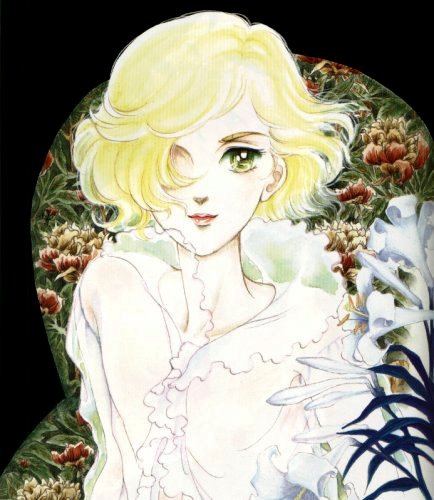
Media
The manga was adapted into a roughly hour long animeis one anime adaptation of this manga, made in VHS tape and LD, and five music albums (LP records). Two of the records are image albums, that is, LP records, named 1) /Kaze to Ki no Uta/, Part 1, and 2) Part 2, /Requiem for Gilbert/. Two more are 3) synthesizer version of 1) and 4) Music collection LP of the OVA /Kaze to Ki no Uta/. 5) The last is coupling album. Its Side 1 is the Side 1 of 1) and Side 2 is a selected music collection from the other image album of Takemiya, /Natsu e no Tobira (The Door to Summer) /.
OVA
Music albums
Reception
First serialised in Shōjo Comic in January 1976, Kaze has been called "the first commercially published boys' love story", though this claim has been challenged, as the first male-male kiss was in the 1970 In the Sunroom, also by Keiko Takemiya. Matt Thorn says that Kaze was "the first shōjo manga to portray romantic and sexual relationships between boys", and that Takemiya first thought of Kaze nine years before it was approved for publication. Takemiya attributes the gap between the idea and its publication to the sexual elements of the story.
Midori Matsui describes Kaze to Ki no Uta as "surreptitious pornography for girls", and likens Gilbert to a femme fatale. Toku regards Kaze to Ki no Uta as groundbreaking in its depictions of "openly sexual relationships", spurring the development of the boys' love genre in shōjo manga, Matsui regards Kaze to Ki no Uta as being influential in creating the yaoi doujinshi subculture, as it is more sexually explicit than Moto Hagio's works.
